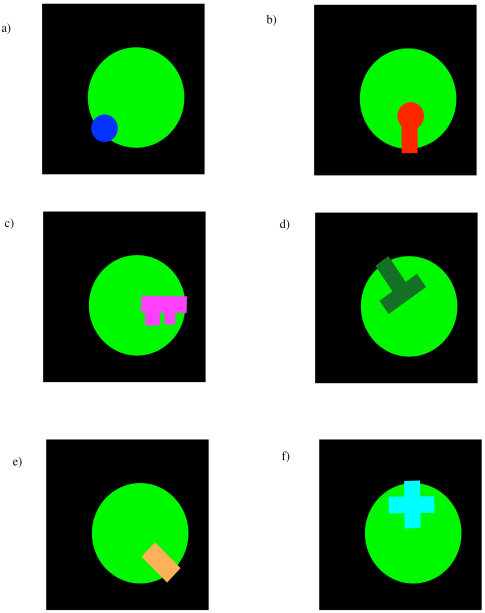
Reactivity in Chemistry
Enzyme Catalysis
EZ7. Enzyme Solutions
Problem EZ1.1.
a) isomerase v) reorganize atoms from one isomer into another
b) hydrolase vii) add water into a molecule, helping to break it down
c) oxygenase i) add oxygen from O2 into a molecule
d) dioxygenase ii) add both oxygens from O2 into a molecule
e) reductase iv) reduce or add electrons to the substrate
f) transferase ix) transfer a functional group to or from a molecule
g) phosphatase vi) cleave a phosphate group off a protein
h) oxidase iii) oxidize or remove electrons from the substrate
i) ligase viii) cause two molecules to be bound together
Problem EZ2.1.

Problem EZ2.2.
a) ion-dipole b) hydrogen bonding c) ion-dipole d) induced dipole-induced dipole
e) hydrogen bonding f) ion-ion g) dipole-dipole h) dipole-induced dipole
Problem EZ2.3.

Problem EZ2.4.
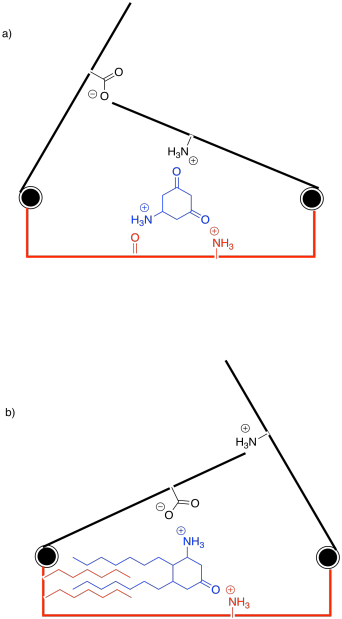
Problem EZ3.1.
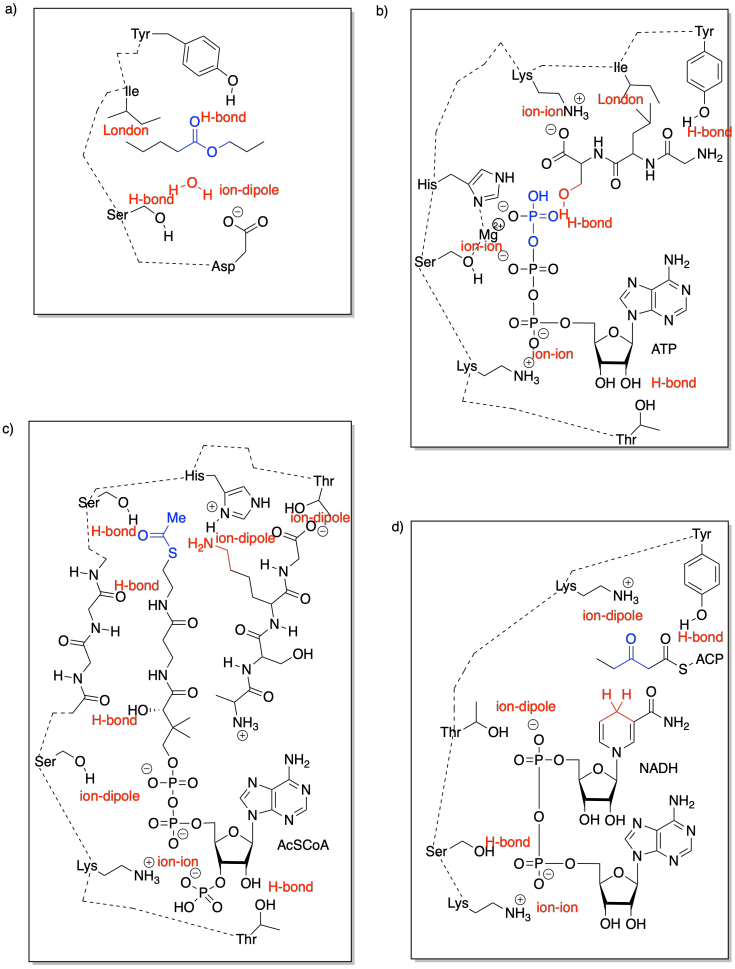
Problem EZ3.2.
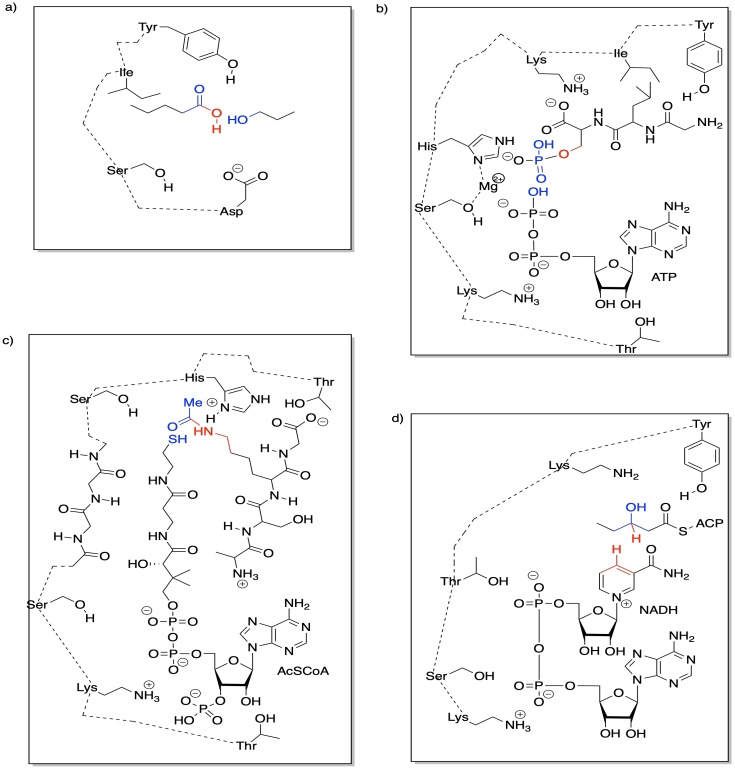
Problem EZ3.3.
Aspartic acid (abbreviations Asp or D) and glutamic acid (abbreviations Glu or E).
Problem EZ3.4.
Histidine (abbreviations His or H), lysine (abbreviations Lys or K) and arginine (abbreviations Arg or R).
Problem EZ3.5.

Problem EZ3.6.

Problem EZ3.7.

Problem EZ3.8.

Problem EZ4.1.
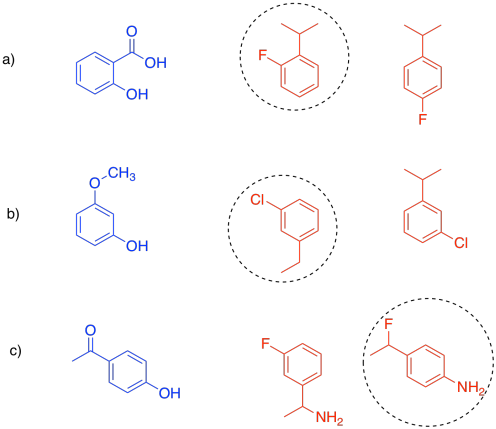
Problem EZ4.2.
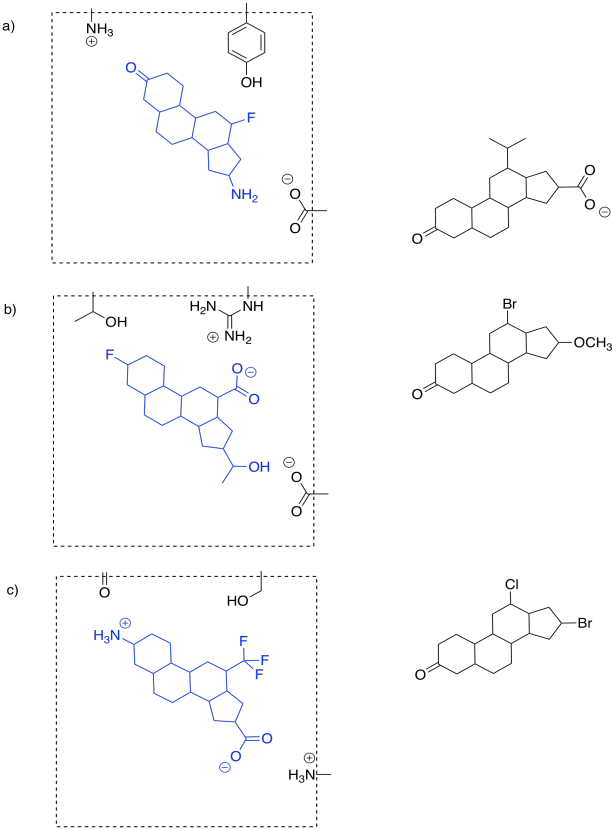
Problem EZ6.1.

Problem EZ6.2.
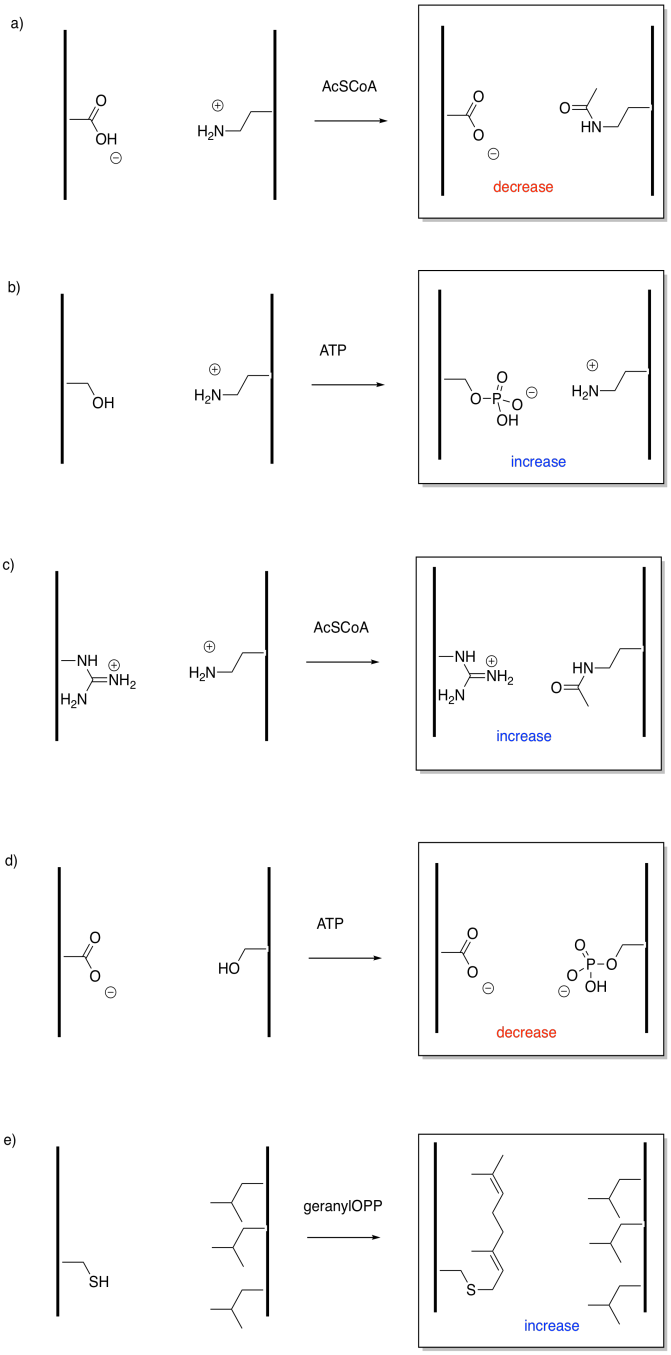
Problem EZ6.3.

Problem EZ6.4.
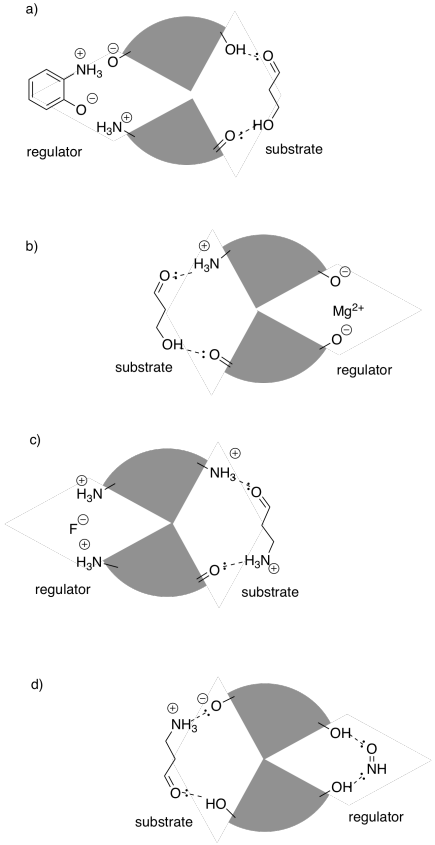
Problem EZ6.5.
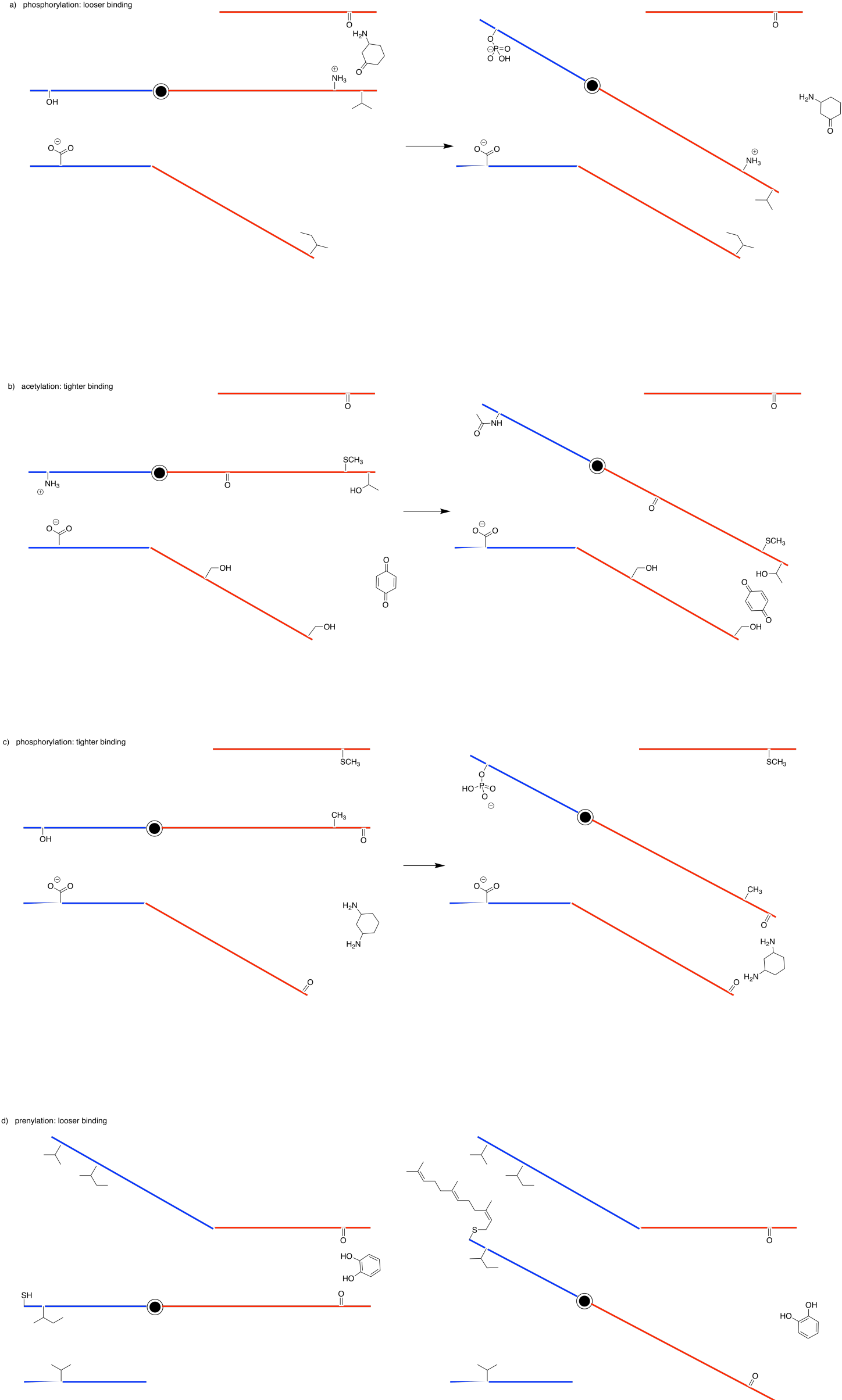
This site was written by Chris P. Schaller, Ph.D., College of Saint Benedict / Saint John's University (retired) with other authors as noted on individual pages. It is freely available for educational use.

Structure & Reactivity in Organic,
Biological and Inorganic Chemistry by
Chris Schaller
is licensed under a
Creative Commons Attribution-NonCommercial 3.0 Unported License.
Send corrections to cschaller@csbsju.edu
This material is based upon work supported by the National Science Foundation under Grant No. 1043566.
Any opinions, findings, and conclusions or recommendations expressed in this material are those of the author(s) and do not necessarily reflect the views of the National Science Foundation.
Navigation: